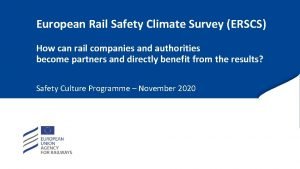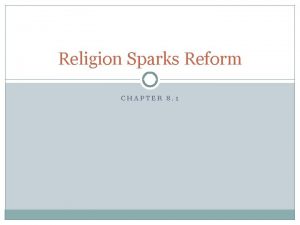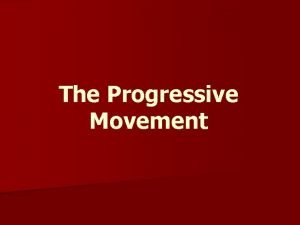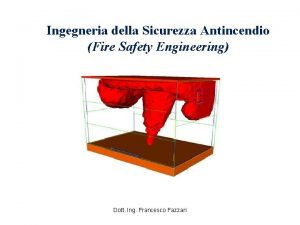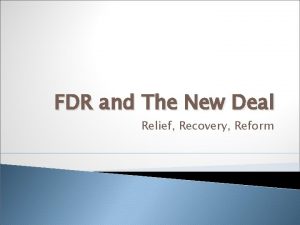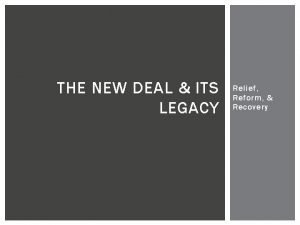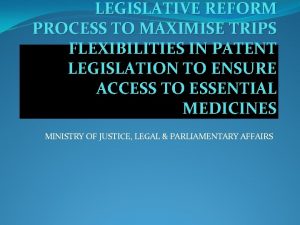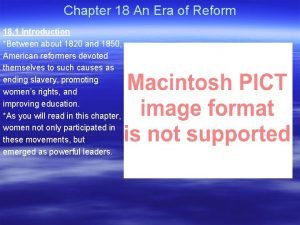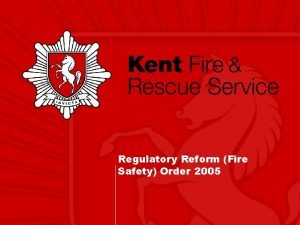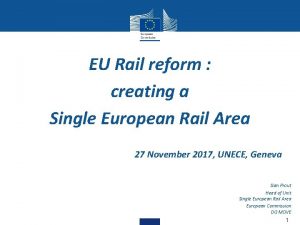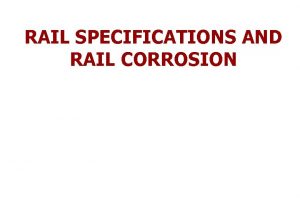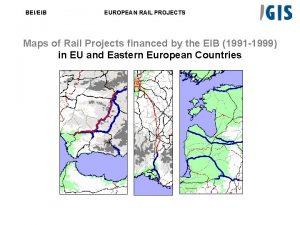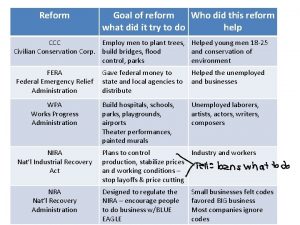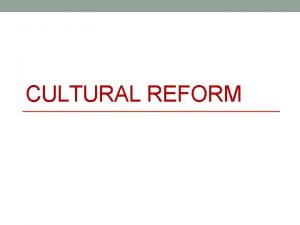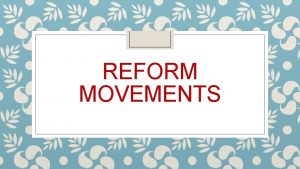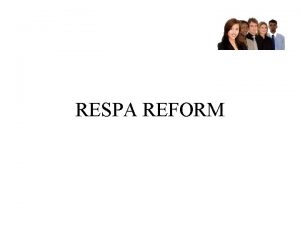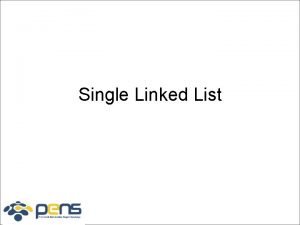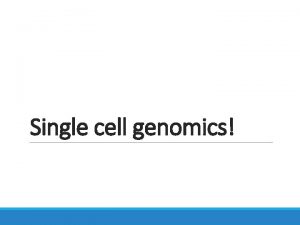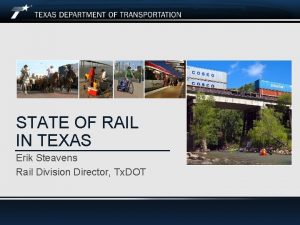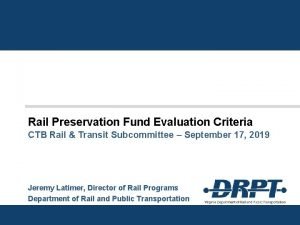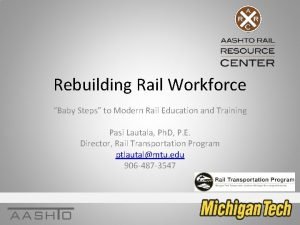EU Rail reform creating a Single European Rail




















- Slides: 20

EU Rail reform : creating a Single European Rail Area 27 November 2017, UNECE, Geneva Sian Prout Head of Unit Single European Rail Area European Commission DG MOVE 1

Policy Context Rail • is a vector of economic and social cohesion and connectivity in EU; • contributes to the decarbonisation strategy, as one of the more environmentally friendly transport modes • makes a substantial contribution to the EU economy, directly employing 900, 000 people… • …but also absorbs € 35 bn in yearly subsidies, translating into cost of € 80 per EU citizen Source: Fifth Report on Monitoring development of the Rail Market, COM(2016) 780 final (data 2014) , Rail Transport and environment 2015 (UIC/CER) Mobility and Transport 2

Context • … and while passenger rail Rail transport volumes 440 420 400 380 360 340 320 300 Passengers (bil pax km) Freight (bil tonne-km) 95 19 96 19 97 19 98 19 99 20 00 20 01 20 02 20 03 20 04 20 05 20 06 20 07 20 08 20 09 20 10 20 11 20 12 20 13 20 14 has been increasing since 1995, rail freight is still recovering from 2009 crisis point 460 19 • moreover, modal share only slightly increased for passenger rail and has remained stagnant for rail freight since 2004 Modal share - passengers 10. 0 6. 9 9. 8 6. 6 9. 4 7. 1 9. 2 7. 5 83. 1 83. 6 83. 3 1999 2004 Passenger car Rail 2009 Buses/coaches 2014 Source: Fifth Report on Monitoring development of the Rail Market, COM(2016) 780 final, data 2014 Mobility and Transport 3

Challenges To move From this …. AN AVIATION STRATEGY FOR EUROPE to this … 4

Challenges To move from … To reach … stagnating modal share lack of market orientation increasting costs and indebtness Single European Railway Area monopolies Policy actions fully integrated State railways high quality, customer oriented transport services a level playing field cost efficient operations, lower need for public funding market driven innovation outdated technologies Competitive, attractive railways Mobility and Transport 5

Challenges • The legacy of a fragmentated structure of the European railway system • Problem of historical debt and need for financial robustness (Article 9) • Fierce competition from road and air sectors • EU rail market shortcomings: • • • fragmentation of production insufficient collaboration and partnership across the rail industry differing operating procedures among rail users limited standardisation low efficiency levels Mobility and Transport 6

Main policy areas Enabling competition Facilitating international freight Opening markets to competition Rail Freight Corridors governance structure to tackle rail freight issues Independence of infrastructure manager from railway undertakings Independence of railways from the State Rules on track access charges and capacity allocation Sustainable funding of infrastructure Equal access to service facilities Independent rail regulatory bodies Transparency of financial flows Competitive tendering of public service contracts Coordination of capacity offer, traffic management, infrastructure works Harmonisation of processes and procedures Mobility and Transport Framework activities Rail market monitoring Ticketing Noise mitigation Stakeholder platforms to facilitate cooperation 7

Railway market opening to competition a stepwise approach STEP 0 1991 STEP 1 2001 1 st major railway law: Directive 91/440 on financial & organisational separation between Railway Operation and Infrastructure Management 1 st railway package: make existing legislation more effective, facilitate network access, improve rail freight, reduce delays at borders 2 nd railway package: revitalise railways & accelerate construction of an integrated EU railway area, improving safety, interoperability & opening up of rail freight market [1 January 2007] + Creation STEP 2 of ERA 2004 STEP 3 2007 STEP 4 2012 3 rd railway package: opening up of international passenger transport market [1 January 2010] Regulation of passenger rights and certification of train drivers (EU licence) Recast of 1 st railway package into Directive 2012/34/EU 4 th railway package: set up structural and technical reforms to eliminate the last obstacles to the creation of a Single EU railway market. To promote competition and innovation on national markets of railway STEP 5 transport 2016 8

Focus: Opening Up Of Markets To Competition Fourth railway package (2016) Recast of first package (2012) Domestic passenger services (competitive award for public service contracts) Domestic passenger services (open access) 2023 2020 Rail freight corridor Regulation (2010) Third railway package (2007) Second railway package (2004) First railway package (2001) First rail market legislation (1991) International passenger services 2010 Domestic freight services 2007 International freight on entire network International freight transport on TEN-T freight network International combined transport of goods & international groupings 2006 2003 1993 Mobility and Transport 9

Fourth Railway Package of 2016: Key Policy Objectives Creation of the Single European Railway Area Removal of administrative and regulatory barriers; full market opening; effective enforcement of EU legislation More effective separation between infrastructure management and rail service provision Strong Regulatory Bodies ("market authorities") Strong European Railway Agency ("system authority") More interoperability and improved safety 10

Single European Railway Area: Fourth Railway Package of 2016 Market Pillar To open domestic passenger markets through open access and competitive tendering of PSO contracts To improve governance of the railway system Technical Pillar To simplify procedures ensuring rail interoperability and safety To reduce significantly costs and administrative burden for railway undertakings wishing to operate across Europe 11

Market for rail passenger transport Two ways of providing passenger transport: Ø Under a public service contract awarded by a competent authority (e. g. State, local/regional authority, etc. ) o Mainly for services that are not profitable o Railway companies receive compensation from the State, or pay the state to obtain a contract whereby they recuperate through ticket sales Market opening for PSO services: EU legislation encourages transition from direct award to competitive tendering of PSO contracts Ø As commercial 'open access' service in competition with other operators o Member States can limit access rights if the economic equilibrium of a public service contract covering the same line would be compromised Mobility and Transport 12

4 th Railway Package • Technical pillar, adopted June 2016, to be transposed by June 2019 • Market pillar, adopted Dec. 2016, to be tranposed by • revision of Recast December 2018 (then 2020) • Principle of competitive award for PSO by December 2019 (with transitional period 2023) Mobility and Transport 13

Implementation/ Enforcement Secondary legislation already in place ü Modalities for calculation of direct cost; ü Framework agreements; ü Licensing; ü Criteria for applicants, ü Principle purpose and economic equilibrium test; ü Coordination of works under Annex VII; ü Noise differentiated TAC; ü Data collection with a view to rail market monitoring; ü Access to service facilities. Mobility and Transport 14

Track access charges – principles of EU law Member States define charging framwork, infrastructure managers determine and collect charges Charges for use of infrastructure must be used to fund the business of the infrastructure manager (e. g. maintenance, renewal, etc. ) Equivalent and non-discriminatory charges for different railway undertakings performing services of an equivalent nature in a similar part of the market Charging scheme to be based on same principles over whole network Mobility and Transport 15

Other recent initiatives • Revision of Passenger Rights Regulation; • Delegated Act on specific objectives for revision of TSIs (September 2017); Our current priorities and actions : • Complete the legislative work : economic equilibrium, noise, in process of adopting all implementing acts on autorisation of vehicles and single safety certificats ; • • Improve implementation, enforcement (MOVE/COMP); Evaluate : RFCR, TDD; Metering of traction electricity; New challenges : security, digital, ticketing. Mobility and Transport 16

Implementation/ Enforcement Better oversight of the market • More reliable and accessible market data through Transport Monitoring System – Rail (TRAMOS - Rail) • Allowing Member States to submit their RMMS data online • Performing real time data quality checks both for Member States and EC • Further developments to allow stakeholders to access validated, historical, cross-country RMMS data Mobility and Transport 17

Other issues • Soft measures/sector initiatives • Sector statement • Ministerial declaration • Platforms • Efficiency of Infrastructure Managers • KPI's • National rules • Innovation through Shift 2 Rail Mobility and Transport 18

Timeframe of Policy Actions Noise mitigation Ticketing Stakeholders' platforms Rail Freight Corridors governance, capacity offer, traffic management, infrastructure works, harmonisation Rail Market monitoring Independence, track access charges, capacity allocation, sustainable funding, equal access, independent regulatory bodies Opening markets to competition First rail market legislation (1991) First railway package (2001) Second railway package (2004) Third Rail freight railway corridor package Regulation (2007) (2010) Recast of first package (2012) Mobility and Transport Fourth railway package (2016) 19

Thank you for your attention! Mobility and Transport
 European rail safety climate survey
European rail safety climate survey Waiting line management
Waiting line management Sisd example
Sisd example Single instruction single data
Single instruction single data Religion sparks reform chapter 8
Religion sparks reform chapter 8 Reform
Reform Choosing the wrong drivers for whole system reform
Choosing the wrong drivers for whole system reform Basic education sector reform agenda (besra)
Basic education sector reform agenda (besra) Which progressive reform outlawed price-fixing
Which progressive reform outlawed price-fixing Chapter 10 section 1 democratic reform and activism
Chapter 10 section 1 democratic reform and activism Kahulugan ng patakarang piskal
Kahulugan ng patakarang piskal Regulatory reform (fire safety) order 2005
Regulatory reform (fire safety) order 2005 Chapter 7 section 2 revolution brings reform and terror
Chapter 7 section 2 revolution brings reform and terror Sec new deal relief recovery reform
Sec new deal relief recovery reform Continuum of care reform
Continuum of care reform Rural electrification administration relief recovery reform
Rural electrification administration relief recovery reform Law reform process
Law reform process Revolution brings reform and terror
Revolution brings reform and terror An era of reform chapter 18 answer key
An era of reform chapter 18 answer key Regulatory reform (fire safety) order 2005 article 8 to 23
Regulatory reform (fire safety) order 2005 article 8 to 23 Geography grade 12 / rural settlements
Geography grade 12 / rural settlements
